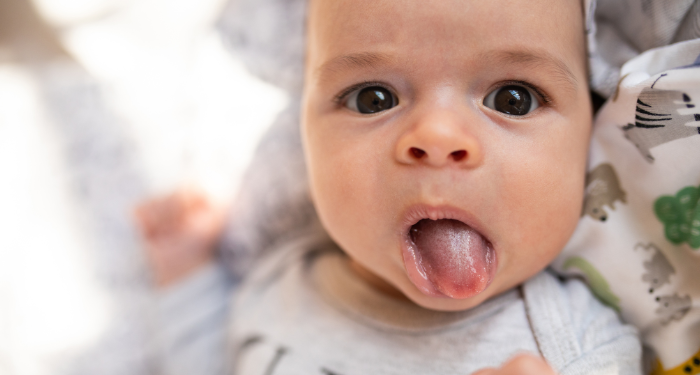
Is myofunctional therapy just glorified exercises? Face yoga? A superficial treatment?
I would argue no, it’s not. It’s foundational at the core and without foundational and root cause treatments, people suffer and get bandaid approaches at best.
It’s truly so much more than just exercises. The long lasting impacts and domino effect myofunctional therapy can have on a person’s life are massive. To understand this better, let’s first define what orofacial myology is, what it treats, and what myofunctional therapy is. (Myofunctional therapy is also referred to as orofacial myology; regardless of the term used, the same principles are used in treatment.)
What is orofacial myology?
“The study and treatment of oral facial muscles as they relate to speech, dentition, chewing/bolus collection, swallowing, and overall mental and physical health.” – Sandra R. Holtzman, MS CCC/SLP, COM, QOM
So, orofacial myology/myofunctional therapy treats orofacial myofunctional disorders or OMD’s for short.
What is an orofacial myofunctional disorder?
According to the IAOM, “An orofacial myofunctional disorder (OMD) includes one or more of the following: abnormal labial-lingual rest posture, bruxism (teeth grinding), poor nasal breathing, tongue protrusion while swallowing, poor mastication and bolus management, atypical oral placement for speech, lip incompetency and/or digit habits and sucking habits (such as nail biting).
These conditions can co-occur with speech misarticulations. In these instances, the articulation disorder is not developmental or phonological in nature, but rather a result of poor oral placement and inappropriate muscle development.
OMD may reflect the interplay of functional behaviors, physical/structural variables, genetic, and environmental factors.” (Doshi & Bhad-Patil, 2011; Elad et al., 2014; Ferreira, Mangili, Sassi, Fortunato-Tavares, Limongi, & Andradem, 2011; Garretto, 2001; Hanson, 1988; Homem, Vieira-Andrade, Faci, Ramos-Jorge, & Marques, 2014; Langmore & Pisegna, 2015; Levrini et al., 2014; Maspero, Prevedello, Giannini, Galbiati, & Farronato, 2014; Som & Naudich, 2013)
Woah… that’s a mouthful and a lot to digest! Let’s consider how this might affect growth, development, and everyday life of a child or adult.
How can OMD affect growth, development, and everyday life of a child or adult?
An orofacial myofunctional disorder (OMD) may affect an infants breastfeeding journey, facial/jaw growth, typical development of chewing, swallowing, and speech may be impacted, TMJ may be the result of an OMD, stability of orthodontic treatment, sleep, behavior, and more! (We don’t treat infants with Myofunctional therapy, but to illustrate the point that the disorder may begin in infancy, breastfeeding is given as an example.)
Some examples of OMD’s are thumb/finger sucking, nail biting, lips resting apart, forward resting posture of tongue between or against the teeth, and a tongue thrust.
Myofunctional therapy is not a habit elimination program. We are training and retraining the muscles of the orofacial complex to function as they should to achieve correct oral rest posture, proper swallowing, optimal breathing and as a result noxious oral habits often fall to the wayside when this is achieved.
Myofunctional Therapy Program
Do you know what else we might see at the end of a myofunctional therapy program?
Changes in facial structure to be more symmetrical, less tension in head/neck especially when combined with body work, better sleep, cessation of teeth grinding, acceptance of more food/less picky eating, closed mouth when at rest/nasal breathing, cessation of snoring and drooling, better focus at school, articulation improvement, and more. In fact, in the absence of an OMD, our lips will act as a retainer and our tongue as a palate expander.
So, is myofunctional therapy just exercises? No way. It’s so much more.




